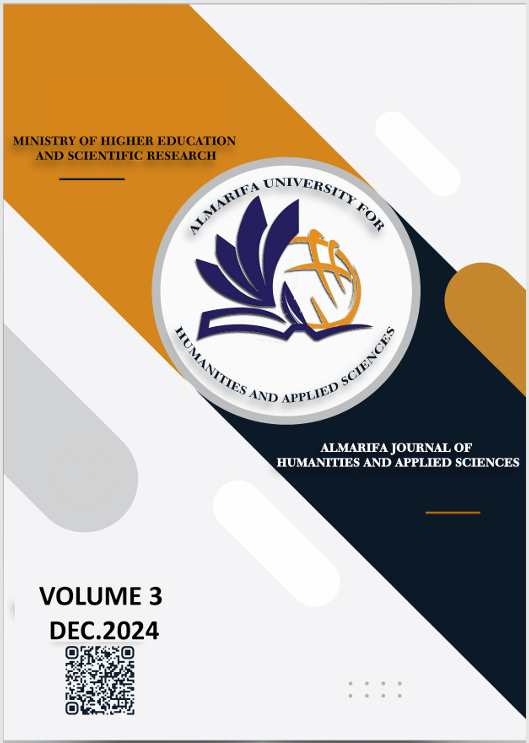The concept of public transport planning and its compatibility with sustainability
Abstract
Today, transportation networks and road systems constitute a fundamental pillar of a city's structure and vital facilities. Roads are its vital arteries, supplying life to all aspects and aspects. A city's street network, along with its various patterns and shapes, define its morphological identity and distinctive features. Transportation sector components account for approximately 32% of a city's total area and 37% of its built-up area in Canada. Researcher Murqi estimated this percentage at 34% in the United States. Pedersen found that between 15% and 25% of city space is allocated to highways, with an additional 5% consumed by other transportation facilities, including ports and airports. In other words, transportation, with its various facilities, occupies between 20% and 40% of a city's area, depending on its size and economic nature. This percentage reflects a city's level of progress and urban development. Moreover, a city's urban and natural environment, as well as its social structure, are closely linked to its transportation system. The improvement and development of its ecosystem are closely linked to the transportation system. The urban transportation system is a mirror and key to the city's environmental, administrative, and political systems.

Downloads
Published
Issue
Section
License
Copyright (c) 2025 almarifa journal

This work is licensed under a Creative Commons Attribution 4.0 International License.

